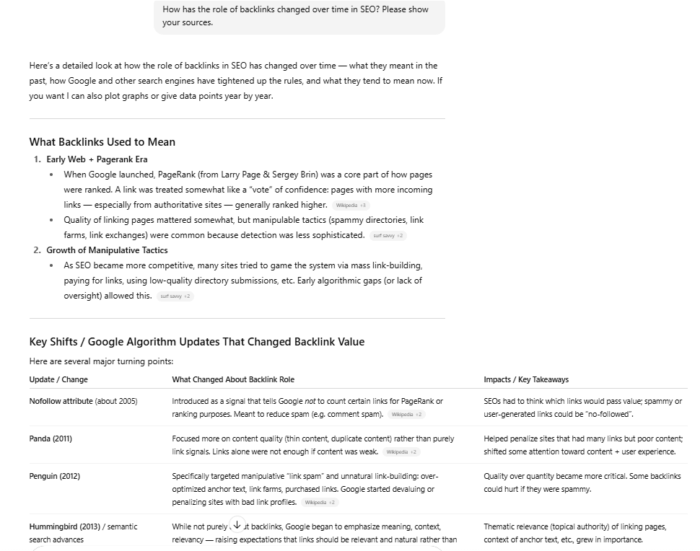This Ingredient Used To Be On "No" Lists — Why Is It In Clean Products Now?
Just because a beauty ingredient has a confusing sounding name does not mean that you should be afraid of it. Here's the story behind propylene glycol.


Our editors have independently chosen the products listed on this page. If you purchase something mentioned in this article, we may earn a small commission.
February 20, 2022 — 11:41 AM
Just because a beauty ingredient has a confusing sounding name does not mean that you should be afraid of it. There are many natural and naturally-derived ingredients with lengthy and dense monikers that are perfectly safe. Additionally, we are firm believers in responsible synthetics around here (synthetic is not a dirty word—and in some cases it’s the more tolerable and environmentally friendly option). This is all to say that decoding an ingredient list is much more complicated than “Do I know how to pronounce this?”
One such example is propylene glycol. It used to be that the petrochemical-derived ingredient was to be avoided in the clean beauty and natural food space (it’s a common food additive as well as being a skin care ingredient.) However, if you are one to read ingredient lists and only shop clean skin care retailers, you’ve likely noticed it showing up in some products recently.
So why is it that this ingredient that used to fall under “no lists” now shows up in so many clean products? Well, thanks to green beauty innovations it can now be created from vegetable oils. Yes, there is such a thing as a bio-based (and even organic!) propylene glycol.
So here’s everything you need to know about it—including how to identify bio based options.
What is propylene glycol?
“Propylene glycol is a humectant, solubilized and stabilizer that is commonly used in cosmetics and personal care products. Historically it has been produced from petrochemicals,” says clean cosmetic chemist Krupa Koestline.
As she noted it is typically a petrochemical derived ingredient, which makes it environmentally irresponsible given the climate effects of using fossil fuels. Additionally some report finding the ingredient irritating—and some have allergic reactions to it.
However, researchers discovered that they could make the molecule out of botanicals, like vegetable oils, corn, and sugarcane. “There are two kinds of propylene glycol: alpha and beta. The Beta version, also known as propanediol, is available from fermentation of corn starch; without any petrochemicals,” she says. “Vegetable based propylene glycol is definitely the right choice. It has all the great properties of its petroleum derived cousin; as well as preservative-boosting capabilities that are great in any formulation. “
Some producers go a step further and ensure it’s GMO-free. While it’s a relatively new innovation, several green cosmetic labs have begun producing it en masse. Ideally, as consumer demand grows so will production. That’s the thing about green cosmetics: The technology is evolving rapidly, the consumer just needs to push brands to utilize it.
Why is it called the “antifreeze” ingredient? The difference between propylene glycol and ethylene glycol.
If you search for propylene glycol, it won’t take long until you come across the word “antifreeze,” which of course sounds frightening and not something you want in your skin care. In the past, it even earned itself the nickname the “antifreeze ingredient.” But this is a dubious claim and a very common misconception—one we’d like to end here.
Propylene glycol and ethylene glycol are often confused for each other, but are in fact structurally different ingredients. Bio-based propylene glycol is safe, not considered a carcinogen or endocrine disruptor, and what you’ll find in clean skin care products. Ethylene glycol is a known carcinogen, endocrine disruptor, allergen, toxin, and is what’s actually in antifreeze.
Often people confuse glycols in general (for example, polyethylene glycol, or PEG, is another common “no” list ingredient). "Sometimes consumers mistakenly believe that all glycols are the same—but this is not the case,” board-certified dermatologist Loretta Ciraldo, M.D., FAAD previously told us about glycols. This is completely understandable—the average shopper shouldn’t be expected to be a chemist after all. This is why we always recommend using clean retailers and websites to help you decipher these nuances.
Skin benefits of bio-based propylene glycols:
So what can you expect from using a bio-based propylene glycol? Well, there’s a reason it’s so commonly used in skin care: It serves as an effective humectant and conditioning agent. Here, what to know.
What to look for & cautions:
Unfortunately there is no way to tell the difference between a bio-based and traditional propylene glycol when looking at an INCI list. This is because INCI lists are highly regulated and must use the ingredient’s officially recognized name. However, if a brand makes the extra steps to use a plant-derived glycol, they’ll certainly make note of it on their website. It will take an extra step, but we strongly encourage you to visit the product’s page to vet their sourcing.
Additionally as we noted above: some report finding the ingredient irritating—and some have allergic reactions to it. This is, however, much more common for face products than when used in personal care—like in deodorants. We always advise doing patch tests prior to starting any new product.
Ingredient formulas are a nuanced science—propylene glycol is the perfect example of that. Not only are glycols all different from each other (and shouldn’t be considered a monolith), but PG itself has differences based on how it’s sourced. But if you are dedicated to using environmentally friendly ingredients, we encourage you to make sure you're using a bio-based propylene glycol.
https://www.mindbodygreen.com/articles/propylene-glycol

 Kass
Kass 
































